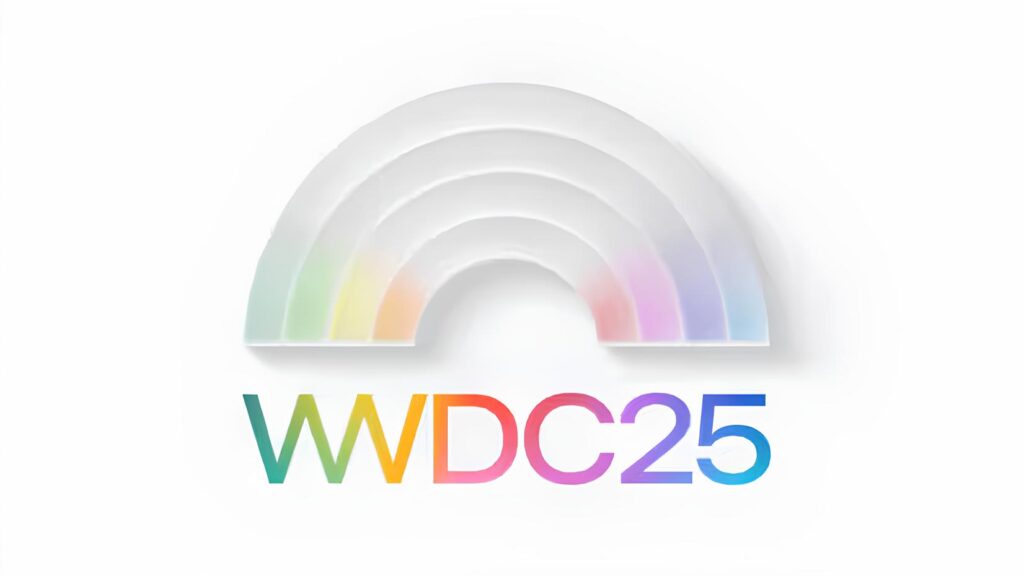WWDC 2025


Apple has officially announced the schedule for its highly anticipated Worldwide Developers Conference (WWDC) 2025, which will take place from June 9 to June 13. The event will begin with a keynote address that sets the stage for Apple’s upcoming innovations, followed by the Platforms State of the Union. During this deeper technical session, Apple will showcase the latest updates across its major operating systems—iOS, iPadOS, macOS, watchOS, tvOS, and visionOS.
The keynote event will be streamed live through multiple platforms, including Apple’s website, YouTube channel, and the Apple TV app, ensuring widespread accessibility for viewers around the globe. For developers looking for more granular details, the Platforms State of the Union will be available via the Apple Developer app, website, and YouTube, with on-demand access for those who miss the live stream.
Apple plans to host over 100 technical sessions throughout the week, offering a comprehensive look at new frameworks, APIs, and developer tools. These sessions are aimed at helping developers build powerful, efficient, and intuitive applications using Apple’s latest technologies. Detailed guides and supporting documentation will also be released to help developers integrate these updates into their apps with ease.
Members of the Apple Developer Program and the Apple Developer Enterprise Program will have access to exclusive resources such as group labs and one-on-one consultations. These interactions provide valuable hands-on support and direct feedback opportunities with Apple engineers, helping developers deepen their understanding of the new technologies and resolve complex issues.
Expectations are high for WWDC 2025, especially around software. Apple is poised to introduce major upgrades to its operating systems, including iOS 19 and iPadOS 19, codenamed “Luck,” and macOS 16, known internally as “Cheer.” According to early reports, these updates aim to create a more seamless and consistent user experience across the Apple ecosystem, with visual elements drawn from the design language of visionOS—the system that powers Apple Vision Pro.
Interface updates in the new software are likely to include refined transparency effects, circular icons, 3D layering, and a restructured visual hierarchy. While gesture controls from visionOS may not make their way to all devices, Apple is expected to deliver a more cohesive design across iPhone, iPad, and Mac platforms, enhancing familiarity and ease of use for users.
Artificial intelligence is expected to be a central theme at this year’s WWDC, particularly through enhancements to Siri. The digital assistant is set to receive long-awaited updates, including context-aware interactions, on-screen recognition, and broader in-app capabilities. Apple may unveil a new AI framework internally referred to as “LLM Siri,” which leverages large language models to give Siri more dynamic, conversational capabilities akin to those of modern AI chatbots.
Although WWDC is traditionally software-focused, Apple could use the platform to tease new hardware. Rumors suggest a possible preview of the iPhone 17 Slim, a sleek new model expected later this year. The company might also touch on how its AI advancements will integrate with wearable devices, especially the Apple Watch, potentially introducing early features from the forthcoming watchOS updates aimed at making wearables smarter and more independent.